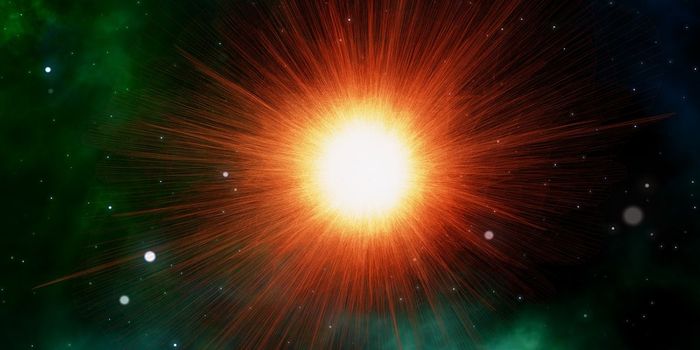You probably already know that sunlight consists of all the colors, as well as a bunch of wave-lengths that humans cannot see. When light travels from air to water (changes mediums), it slows down and enters the water at a different angle, a process called refraction. So, in the case of water, light can enter a droplet and bounce off like a mirror at a different angle. And because each color has a different wavelength, every color is slowed to a different degree and bounces off at a different angle. For example, red light will exit at an angle of 42 degrees while blue light exits at an angle of 40. All of the other colors fall between this range. This phenomena scatters the colors so that we can see them individually.
But there's another factor in the making of a rainbow. They only happen in YOU are in the right position; aka with the sunlight behind you and low in the sky. As for the arcing of a rainbow, the light itself actually forms in a full circle. However. the lower half of the arc is typically blocked by the earth. Unless you happen to be skydiving at the right moment (which few have experienced), you won't be able to see the full rainbow circle.








